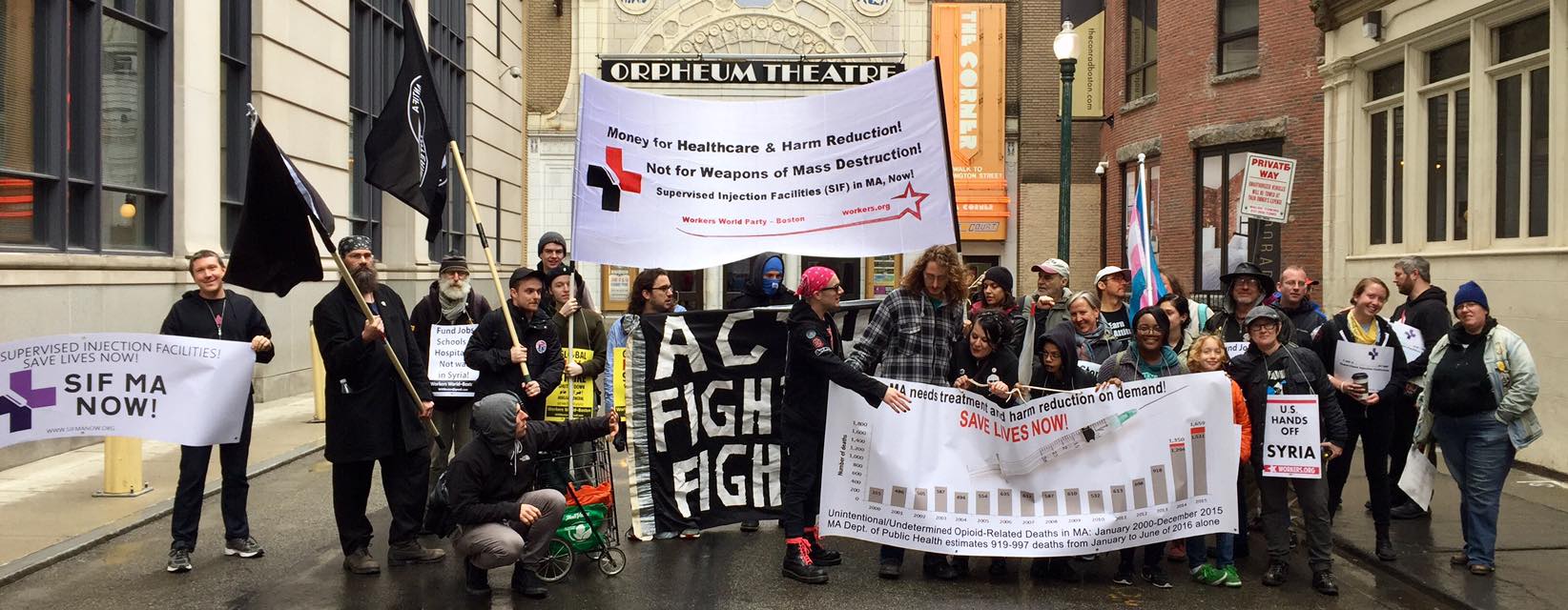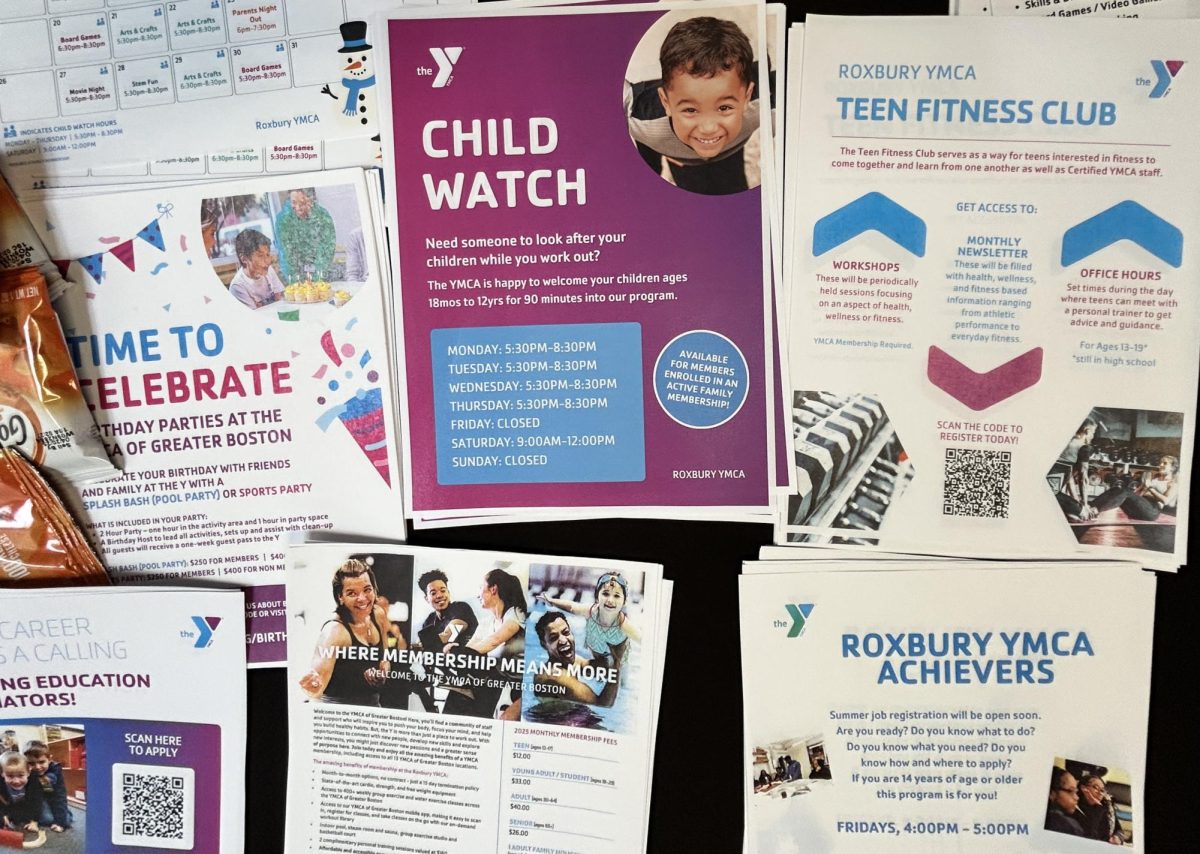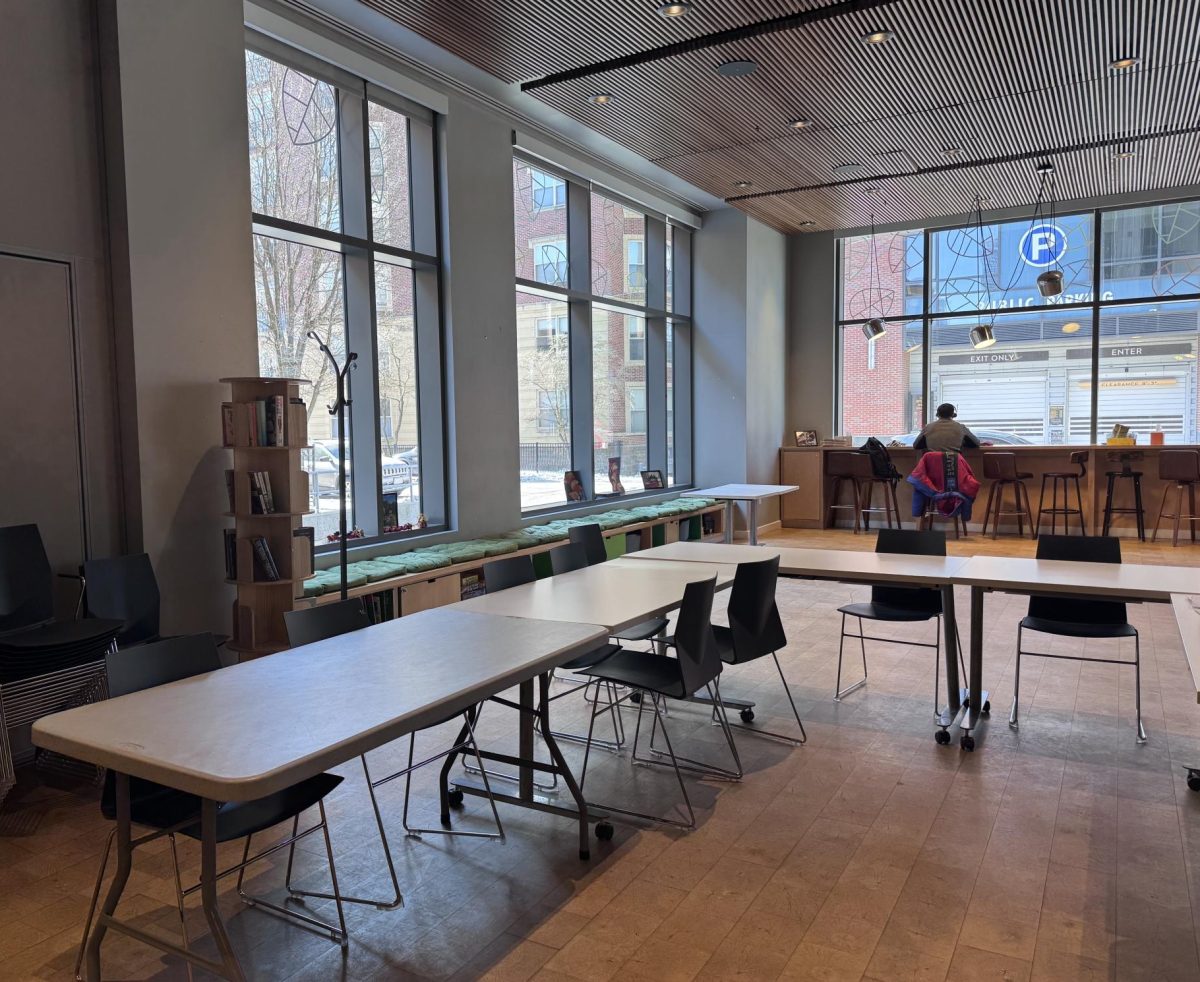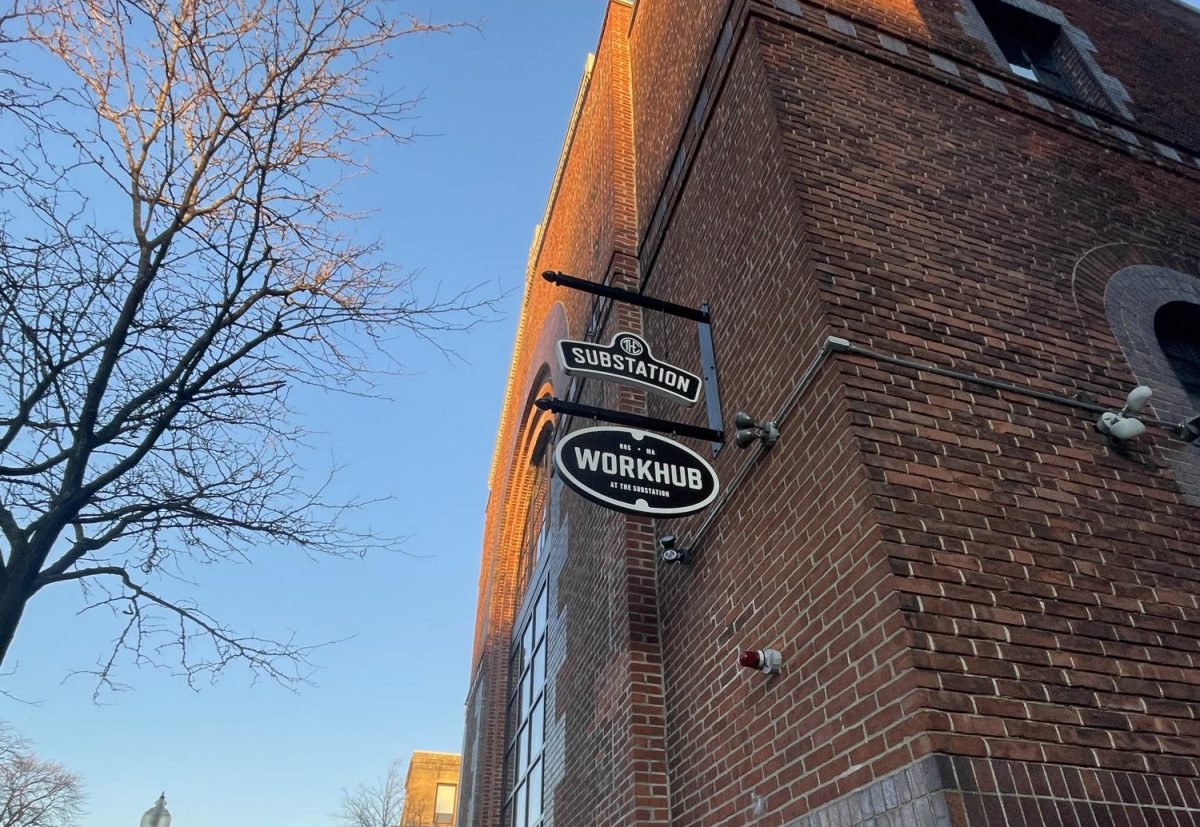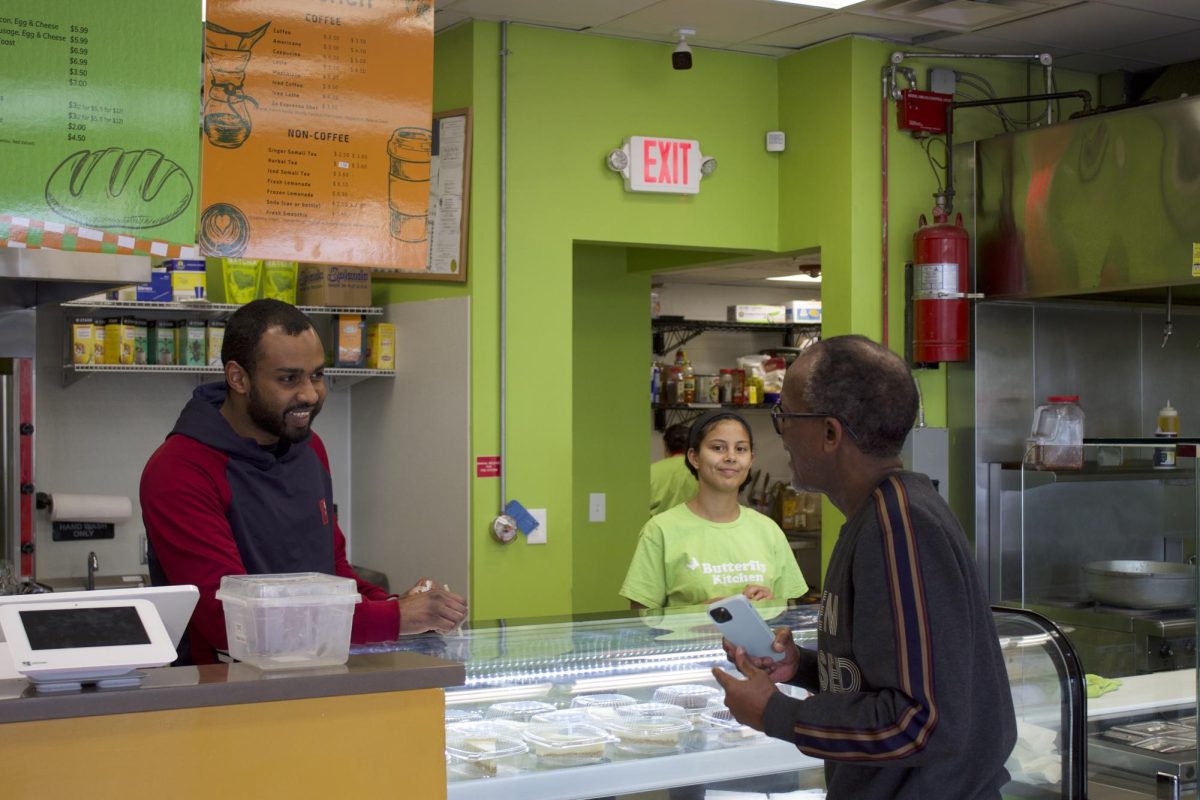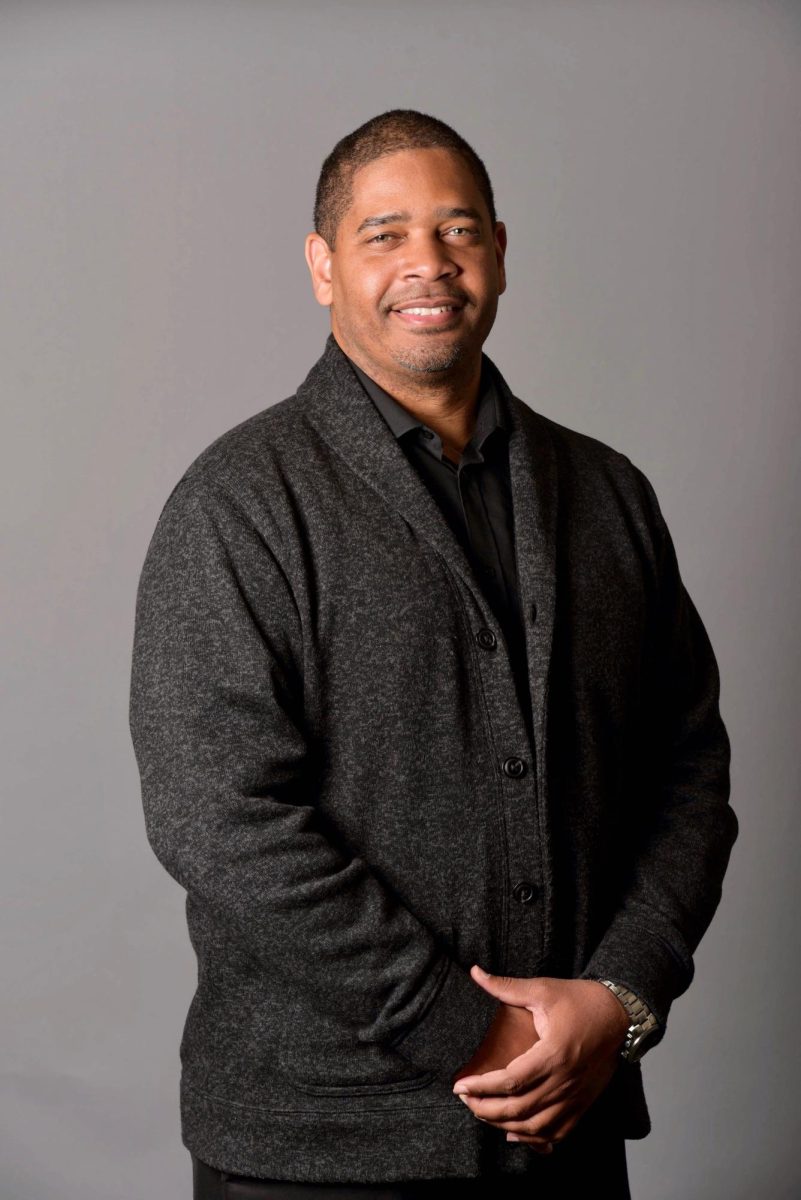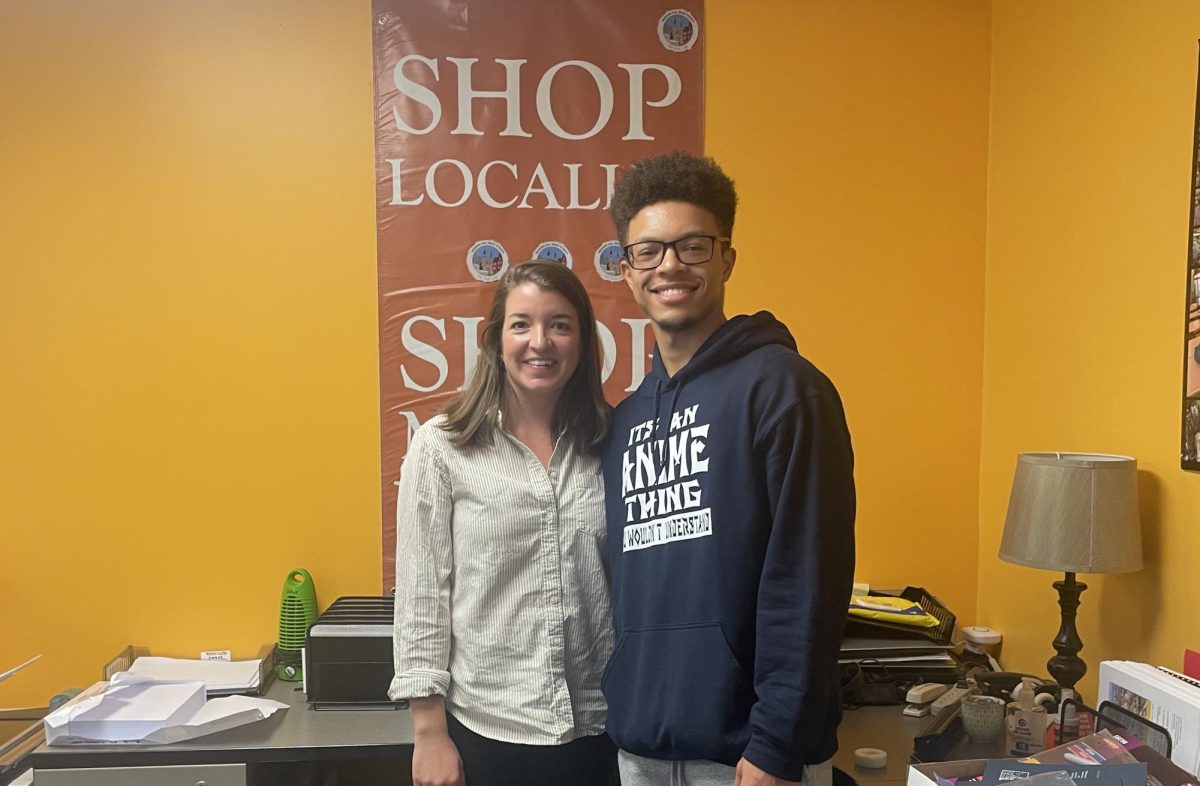When it comes to the opioid epidemic, Cassie Hurd thinks it’s time for bold action and she has the solution: safe consumption sites.
The founding member of advocacy group SIF MA Now has spent the last three years advocating for safe injection facilities and safe consumption sites. Hurd says they have operated for the last 30 years in over 100 locations worldwide without an overdose death, and thinks they could be introduced in Massachusetts to combat the opioid epidemic.
Originally from Quincy, Hurd now lives in Allston and works as the executive director of Cambridge nonprofit Material Aid and Advocacy Program (MAAP). Her work garnered national attention this summer after she tweeted her firsthand account of “Operation Clean Sweep” in the Mass and Cass area, otherwise known as Methadone Mile.
“There needs to be some bold leadership around what we need to do to save lives, reduce harm and improve the community for everyone,” said Hurd.
Hurd sat down with Northeastern University journalism graduate student Delia Harrington to discuss harm reduction, Hurd’s advocacy for safe consumption sites in Massachusetts and U.S. Attorney Andrew Lelling’s stated intent to prosecute anyone who tries to open one. What follows is an edited and condensed version of their conversation.
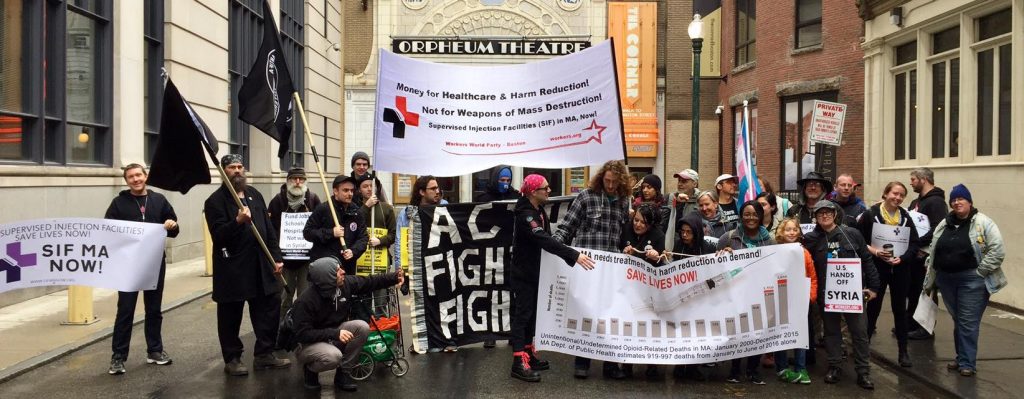
Q:What is a safe consumption site?
A: A supervised place — whether by peers or professionals — where people can go in to test and use substances. If there were an overdose, it can be reversed. It also connects people to resources, to mental and medical health care. Many also have detox on-demand and other services that are supportive. A lot of them have groups and advocacy so that people can engage in that way.
Q: People may have heard multiple names for this — safe injection facility (SIF) safe consumption site (SCS) — what’s the difference between the names?
A: In some municipalities and governments, they do mean different things. There are many different models of safe consumption sites. Some are just tents in public space, some are peer run or run by harm reductionists in their spare time.
Q: How did you first get involved in the movement for safe consumption sites?
A: I work with community members who are experiencing homelessness, many of whom have substance use disorder. It became clear that the solutions we’re using currently are not sufficient. You [overdose] so quick that people need a place to be monitored while using, because we’re losing people too quickly. It’s not just Boston’s problem — it’s a Massachusetts problem and a national problem, but the hotspots here are Lawrence, Lowell, Springfield and the outer Cape. So a few of us started organizing.
Q: Can you walk me through the experience of using a safe consumption site?
A: Though I’ve never used one, I’ve seen many models and had virtual tours. Folks go in, best practice is they provide some background, a name — [it] can be a pseudonym — for data collection. Folks do a brief intake.
They’re actually very sterile looking. They look like any sort of phlebotomy lab you might go into. Their drugs can be checked first, both on the potency and on the makeup so folks can be aware of the danger. A provider, whether a peer or a medical provider, can let them know safer ways to use. After they use there’s a chill-out room with monitoring for risk of overdose. After they’re asked if they’re interested in services.
Q: This is a startling and even counterintuitive concept for many people when they first hear it and many say it’s just enabling addiction. Can you explain how you see safe consumption sites helping people struggling with addiction?
A: Safe consumption sites enable people to live. We lose more than six people a day in Massachusetts and those deaths could potentially be prevented if they had access to a safe consumption site.
Q: Safe consumption sites are often referred to as part of harm reduction policy. What is harm reduction and why do you think it’s important?
A: Harm reduction is reducing the harm, in this case, of using substances. You drive a car and use a seatbelt, that’s harm reduction. You have sex and use a condom, that’s harm reduction.
Harm reduction is not at odds with treatment or recovery. We’re reducing the harm associated with use. And it meets people where they’re at and allows people to engage in safe use and have autonomy.
Q: There are several possible paths forward for safe consumption sites in Massachusetts right now. Which seems the most viable to you?
A: We have legislation at the House and the Senate that’s going through the Joint Committee on Mental Health, Substance Use and Recovery. [This means] having it reported out favorably and making it to the healthcare finance committee. But really having the support of the House and Senate so that if it gets vetoed by Baker we’ll have the two-thirds vote [to overrule his veto].
A municipality needs to come forward that wants to host so that [SCSs] won’t be placed in the state somewhere that they’re not wanted. We do have a municipality that’s come forward.
Q: Somerville, right? What do you think of that?
A: Yeah. We’re in a time when bold action is needed.
https://thescopeboston.org/features/patients-substance-abuse-misdiagnosis-massachusetts/
Q: A judge in Pennsylvania recently ruled that safe consumption sites do not violate the Controlled Substances Act. How does that affect your work?
A: After [the United States v.] Safehouse ruling when a representative of the Federal government ruled [safehouse overdose prevention sites] didn’t violate the Crack House Act, it makes us feel empowered to move forward, that that precedent is set.
Q: The president and the U.S. attorney have been clear that SCSs are illegal under federal law, and after that ruling Andrew Lelling reiterated his commitment to prosecute. So what does that mean for you?
A: He can still prosecute. It’s not up to him, it’s up to a federal judge to rule on the legality of a safe consumption site in Massachusetts. I would hope that this has him reconsidering, but it sounds like that’s not going to happen. I don’t think anyone’s hindered by his statements.
Q: Where do you think they should be located, and what impact would they have on the neighborhood around them?
A: Going by hotspot maps in Massachusetts, the most effective place for them to be located would be at the intersection of Mass and Cass, Somerville, Cambridge, Middlesex, Lowell, Lawrence, the Cape.
Mobile is also one model, and in some rural areas that might make sense. Even in Cambridge, Somerville that might make sense. But certainly Mass and Cass is the area of greatest need and it would mitigate some of the concerns of housed people in the area, like stray needles, litter, people consuming drugs in public. Safe consumption sites limit these issues. There’s no honeypot effect, people won’t travel 20 minutes. People will travel a few blocks, so there needs to be multiple to be most successful.
Q: Your first-hand reporting on “Operation Clean Sweep” went viral. How did it affect the movement for safe consumption sites?
A: I think it illustrates very clearly that we’re not basing our solutions in evidence but instead sort of out of misguided action, and that we need to look very carefully at how we move forward. [Mayor] Marty Walsh’s Melnea Cass 2.0 plan isn’t looking at evidence. He’s looking to be for constituents and donors in the South End.
Q: What do you wish people knew about safe consumption sites?
A: Yes, they exist primarily to save lives but they’re also there for people to live healthy, happy, more dignified lives, and it allows them to build connection and community and to do that in a way that some services and support have [in the past], but being able to offer support in a critical moment to not only save their life but make positive change.
Q: If safe consumption sites were legal tomorrow, what would be the next steps for you?
A: Saying it’s going to happen to making it happen and making sure people have access and they stay open. Providing whatever support is appropriate to make it as welcoming as possible, whether people need safe escort or assistance with access. Beyond that, I think the next conversation is safe supply.

